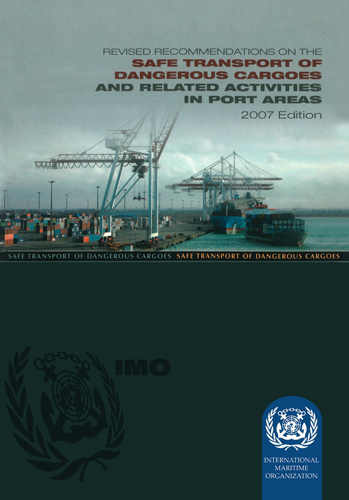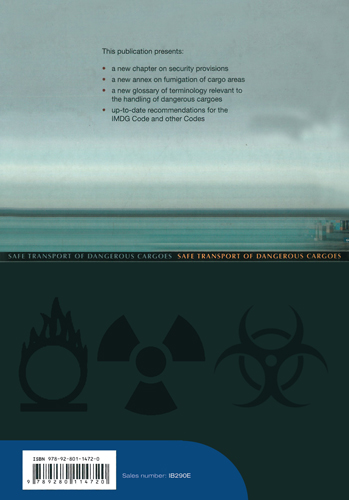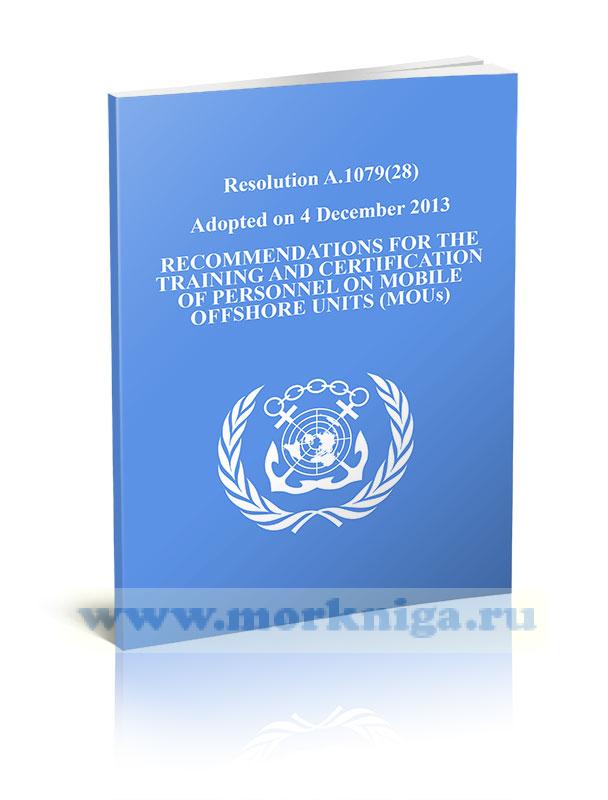Revised recommendations on the safe transport of dangerous cargoes and related activities in port areas. 2007 Edition/Пересмотренные рекомендации по безопасной перевозке опасных грузов и связанной с этим деятельности в портовых зонах. Издание 2007 г.
Издание на английском языке
The book is a guide to the safe practice of handling dangerous goods in port areas, first published in 1973 and repeatedly revised taking into account new technologies and cargo categories. She focuses on the importance of control, proper identification, packaging and labeling of dangerous goods to ensure the safety of people and the environment. The document also examines the roles of various participants in the transport chain, the need for training and the compatibility of national requirements with international standards.
The book defines the concept of "dangerous goods" and provides a glossary of terms related to this topic. The focus is on the harmonization of rules between ship and shore, as well as the role of stakeholders in the safe transportation of dangerous goods. The recommendations are aimed at creating a unified framework for compliance with international norms and standards in the field of handling dangerous goods.
Содержание
1 Introduction
2 Application and definitions
2.1 Application
2.2 Definitions
2.3 Security-related terms
3 Warehouses, terminal areas and infrastructure
3.1 General
3.2 Land-use planning
3.3 Considerations for specific dangerous cargoes
3.4 Specific considerations for warehouses and terminal areas
4 Training
4.1 Regulatory authorities
4.2 Management
4.3 Personnel (cargo interests, berth operators and ships)
4.4 Training content
5 Security provisions
6 Responsibilities
6.1 Role of regulatory authorities
6.2 Role of port authorities
6.3 Role of berth operators and cargo interests
6.4 Awareness
7 General recommendations for regulatory authorities, port authorities, ships, berth operators and cargo interests
7.1 Regulatory authorities and port authorities
7.2 Ships carrying dangerous cargoes
7.3 Shore installations.
7.4 Cargo interests
8 Dangerous cargoes in packaged form
8.1 Documentation
8.2 Supervision
8.3 Information for operational and emergency purposes
8.4 General handling precautions
9 Liquid bulk dangerous cargoes (including liquefied gas)
9.1 General
9.2 Ships carrying liquid bulk dangerous cargoes
9.3 Shore installations
9.4 Handling
9.5 Special categories
9.6 Combination carriers
10 Solid bulk dangerous cargoes
10.1 Documentation
10.2 Responsibility for compliance
10.3 Emission of harmful dusts
10.4 Emission of dangerous vapour/oxygen deficiency
10.5 Emission of explosive dusts
10.6 Spontaneously combustible substances and substances that react with water
10.7 Oxidizing substances
10.8 Incompatible materials
Annex 1 Advance notification
Annex 2 Transport and handling of explosives of class 1
Annex 3 Segregation of radioactive materials on shore
Annex 4 Minimum safety requirements for carrying out hot work
Annex 5 Bunkering precautions, including bunkering checklist
Annex 6 Alphabetical index of, and cross-references between, recommendations in sections 3 and 7
Annex 7 Guide to fumigation
Appendix 1 Glossary of terminology of relevance to the handling of dangerous cargoes
Appendix 2 Selected bibliography list of internationally recognized codes and guides relevant to the transport and handling of dangerous cargoes in port areas





 Admiralty Guide to ECDIS Implementation, Policy and Procedures. NP232. 3nd edition. Руководство Адмиралтейства по внедрению, политике и процедурам ECDIS. NP232. 3-е издание
Admiralty Guide to ECDIS Implementation, Policy and Procedures. NP232. 3nd edition. Руководство Адмиралтейства по внедрению, политике и процедурам ECDIS. NP232. 3-е издание  Resolution A.1079(28) Recommendations for the training and certification of personnel on mobile offshore units (MOUs)
Resolution A.1079(28) Recommendations for the training and certification of personnel on mobile offshore units (MOUs)